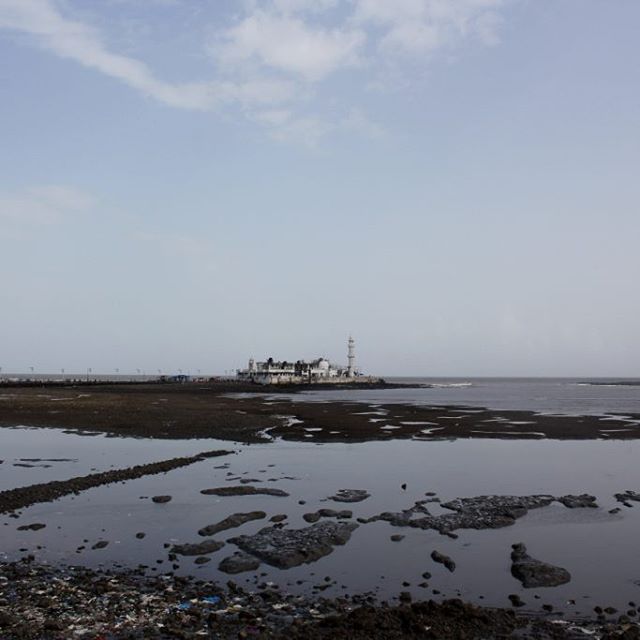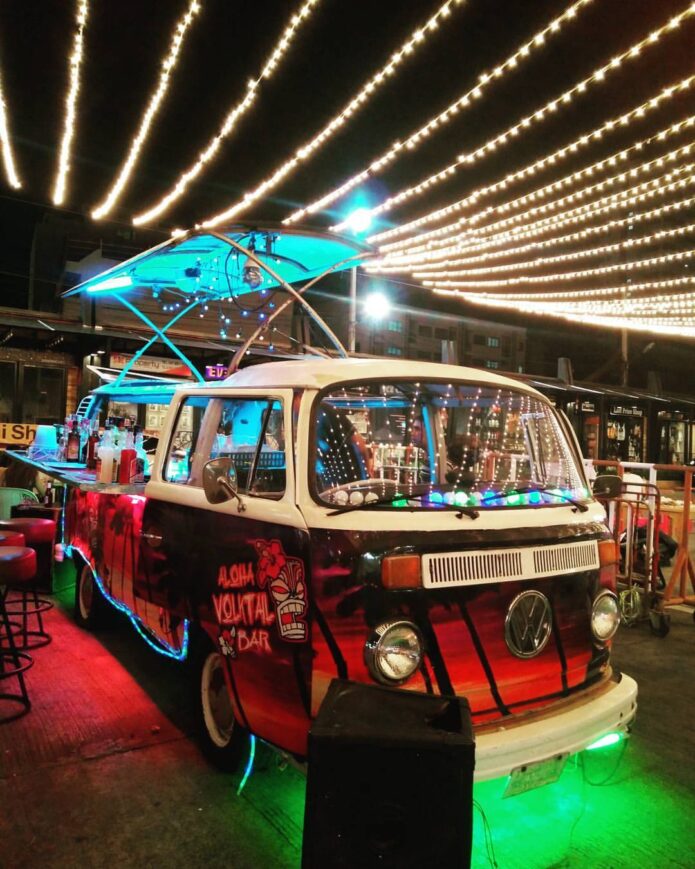How do you go bankrupt?
Well, gradually, then suddenly.
Thats my most favourite quote. By Ernest Hemingway in The Sun Also Rises
To me, his words aren’t just about money. They hold true for everything—careers, health, relationships, and even ambition. Because decline doesn’t happen in one dramatic collapse. It happens quietly, unnoticed, until the damage is done.
The slow erosion of standards isn’t dramatic. It doesn’t announce itself with alarms. It’s just small compromises made in moments of exhaustion—one deadline missed, one corner cut, one excuse justified. At first, they feel harmless. But over time, what was once non-negotiable becomes optional, and then, eventually, forgotten.
The quiet dulling of ambition doesn’t happen overnight. It starts with settling—choosing comfort over challenge, convenience over growth. The fire that once pushed you forward dims, not because you chose to give up, but because you stopped choosing to push. The hunger fades, replaced by a vague sense of inertia.
The steady lowering of expectations is the final piece. What you once aspired to feels distant, even unrealistic. You adjust—not because you believe less is enough, but because expecting more feels pointless. The extraordinary becomes unattainable, the average becomes acceptable, and before you know it, mediocrity becomes the norm.
Then, one day, you look around and wonder: How did things get here?
Not in a single moment. Not with a single decision. But with a thousand tiny ones.
Decline Creep is real. It thrives on neglect. It doesn’t need effort—it just needs you to stop paying attention. Many a time decline creep happens while you were busy with other things!
Progress, on the other hand, is different.
It doesn’t happen by accident. It requires intent. Effort. Discipline.
It’s never overnight. It’s never one sweeping transformation. It’s the small things, held steady. The right habits, practised consistently.
It starts with paying attention—continuously reflecting on what’s working and what isn’t. It requires taking corrective action before small missteps turn into major setbacks. A bit of optimism keeps you moving forward, but real progress demands a lot of focus.
Good things don’t come in sudden bursts. They come from the little things, done right, again and again.
Progress is built by design. Decline is powered by defaults.
Good things take time. So does decline.
The difference? One is a choice. The other is what happens when you stop choosing.









